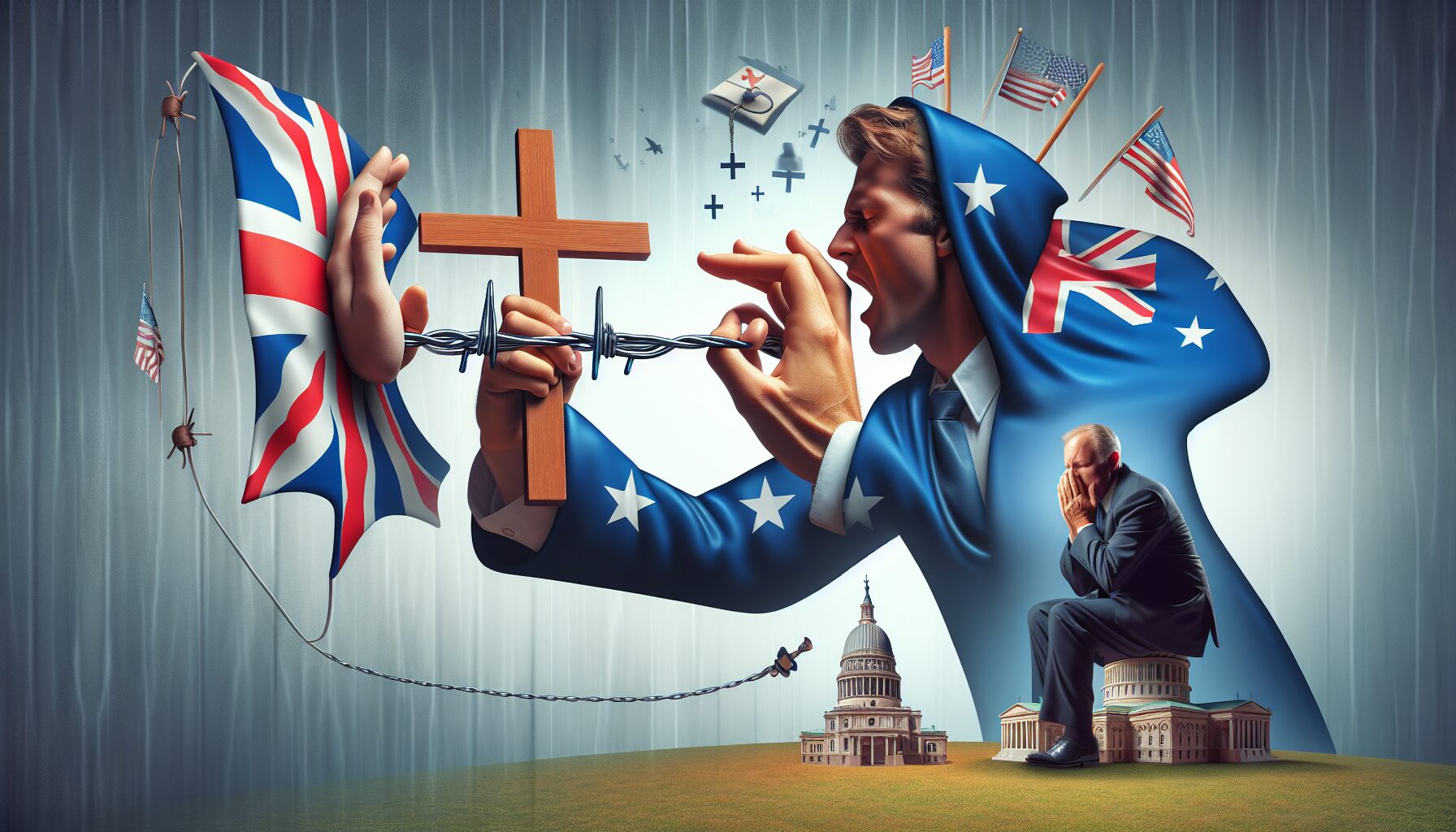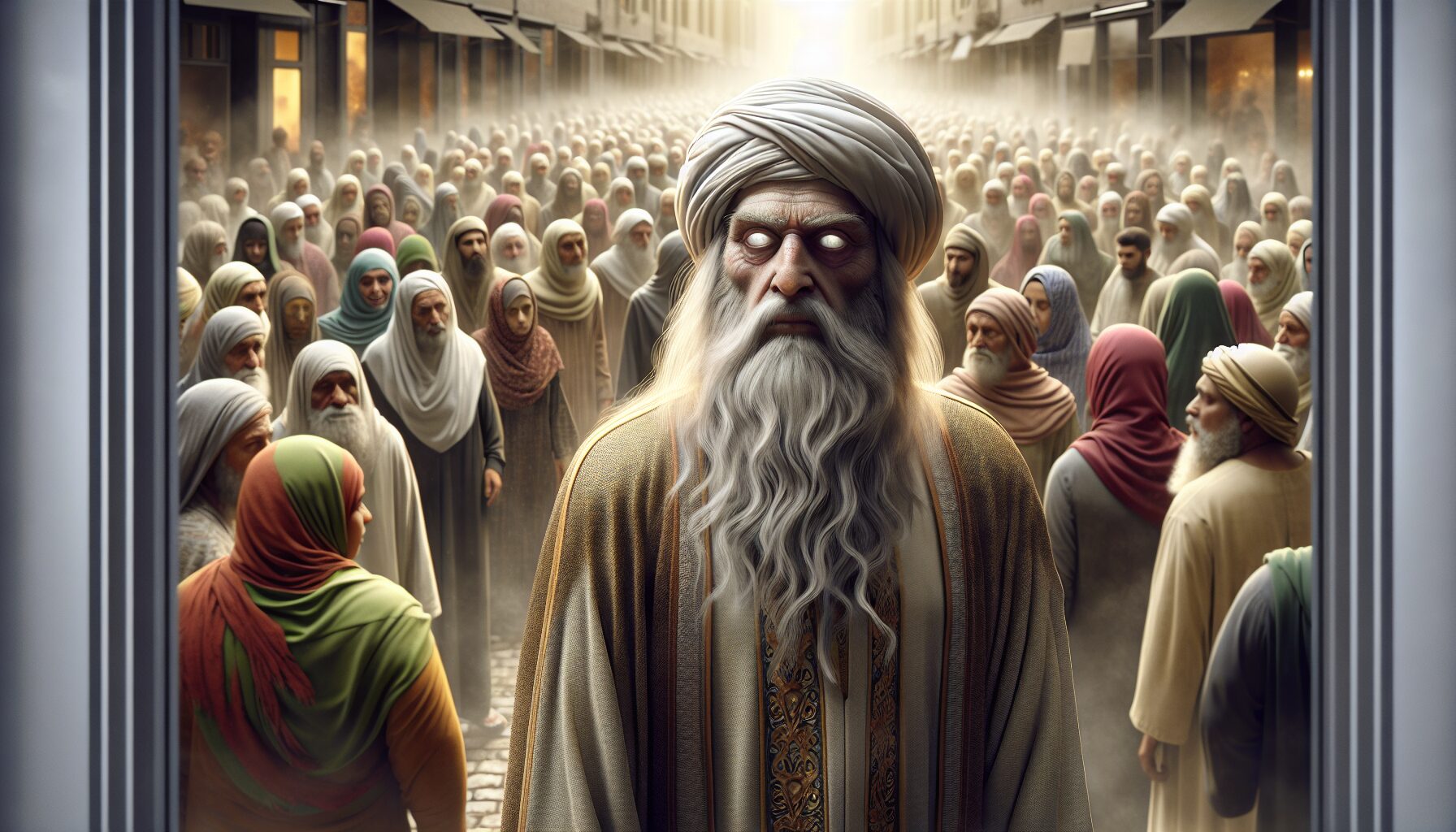The Price of Conscience: Why Totalitarian Regimes Fear Inner Freedom
Totalitarian regimes are notorious for their rigid structures and control mechanisms. They suppress free speech, curtail personal freedoms, and often dictate the social and cultural frameworks of the societies they govern. These regimes are particularly fearful of any concept or movement that promotes individualism or inner freedom. The question arises: why do they fear the conscience and autonomy of the individual so deeply?
The Nature of Totalitarian Control
At the core, totalitarian regimes are built upon control and conformity. As noted by political theorist Hannah Arendt, in her seminal work The Origins of Totalitarianism, these regimes strive to
“transform human nature itself.”
To achieve this, they employ a combination of propaganda, censorship, and surveillance, ensuring a populace that is both physically compliant and mentally conditioned to accept the status quo.
However, the notion of inner freedom, often defined as the ability to think and discern independently of external pressures, directly challenges this fundamental control. It is precisely this reason why totalitarian regimes view the battle for inner freedom as a threat.
The Role of Conscience and Individual Thought
Conscience represents the subjective inner moral compass of individuals, enabling them to differentiate right from wrong. In an oppressive regime, conscience is dangerous because it empowers individuals to question authority and the moral foundation of those in power. Philosopher Václav Havel, who was a staunch advocate for human rights, emphasized that “a totalitarian regime…fears self-reliant—and therefore freely thinking people” (The New York Review of Books).
- Moral Autonomy: Inner freedom gives rise to moral autonomy—a state where individuals make decisions through independent rational thought. Totalitarian regimes that rely on a monolithic ideology view divergent moral reasoning as a breach of unity.
- Intellectual Independence: If individuals cultivate their minds independently, they become less susceptible to propaganda, creating a populace that challenges the regime’s singular narrative.
Historical Examples
Throughout history, totalitarian regimes have consistently sought to suppress individual thought:
- Nazi Germany: The Nazi regime, led by Adolf Hitler, utilized propaganda to control ideological conformity. Dissidents and those who publicly expressed alternate views faced imprisonment or worse. As documented in Mein Kampf, Hitler himself wrote about the need to eradicate dissenting ideas that could weaken the collective resolve of the state.
- Soviet Union: Under Stalin’s rule, independent thinkers, writers, and artists often found themselves in labor camps or were executed. The infamous purges were partly intended to eliminate those whose inner freedom could pose a threat to state orthodoxy.
- North Korea: The Kim dynasty has maintained a firm grip over the populace through strict control of information and ruthless punishment of any deviation from state-sanctioned beliefs.
Modern-Day Repercussions
In today’s world, even with the advancement of technology and global communication, modern-day authoritarian governments employ sophisticated methods to curb inner freedom:
- Digital Surveillance: By closely monitoring citizens’ online activities, regimes like China aim to suppress dissent and control thought.
- Education Systems: Indoctrination through reformulated curricula ensures new generations grow up aligned with state ideologies, limiting exposure to Western ideologies, which are often seen as subversive.
The global community continues to grapple with these strategies. The Freedom House, a nonprofit organization, closely monitors freedom indicators and regularly reports on regions where individual freedoms, including the freedom of conscience, are under threat.
The Triumph of Inner Freedom
Despite the efforts of totalitarian regimes, history is filled with stories of individuals who have persevered in preserving their inner freedom:
- Nelson Mandela: Although incarcerated for decades, Mandela’s beliefs and hope for a democratic South Africa remained unshakeable.
- Aung San Suu Kyi: Under house arrest for years in Myanmar, her resistance demonstrated the unwavering power of conscience against military rule.
- Liu Xiaobo: The Chinese Nobel Laureate devoted his life to advocating for civil liberties and reform, paying the ultimate price for his beliefs.
These figures exemplify how the spirit of inner freedom can inspire change, even in the most oppressive environments.
The Cost of Conscience
Maintaining one’s inner freedom and adhering to one’s conscience in defiance of a totalitarian regime invariably comes at a high cost: imprisonment, persecution, or even death. However, as history demonstrates, the payoff can be monumental. The courage of such individuals has often become the catalyst for broader societal change and reform.
In conclusion, the price of conscience is steep, yet it remains a potent antidote to the coercive power of totalitarian regimes. It is the foundation upon which the courage to question, challenge, and ultimately transform begins. As philosopher Albert Camus once articulated, “The only way to deal with an unfree world is to become so absolutely free that your very existence is an act of rebellion” (Internet Encyclopedia of Philosophy).









